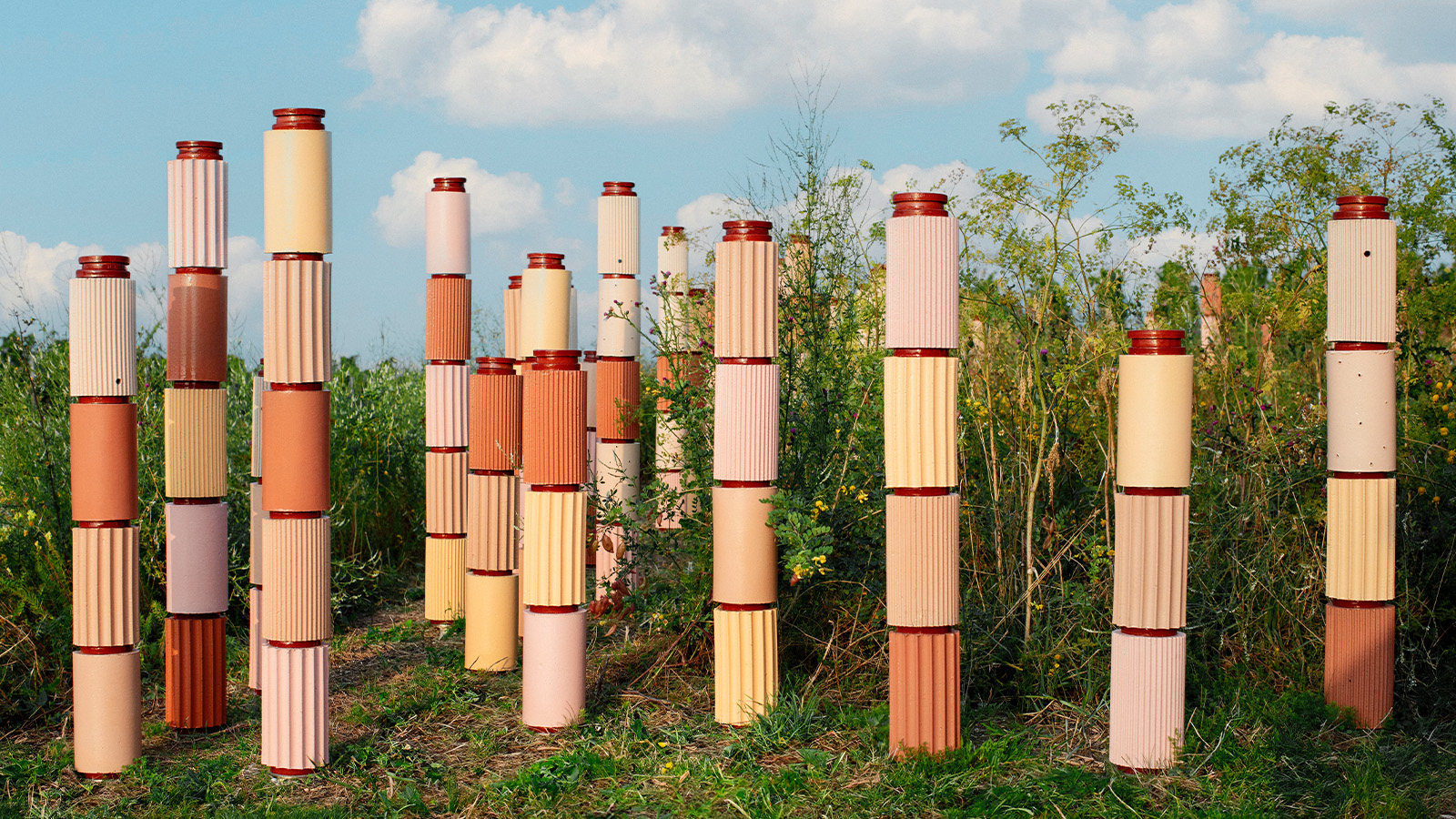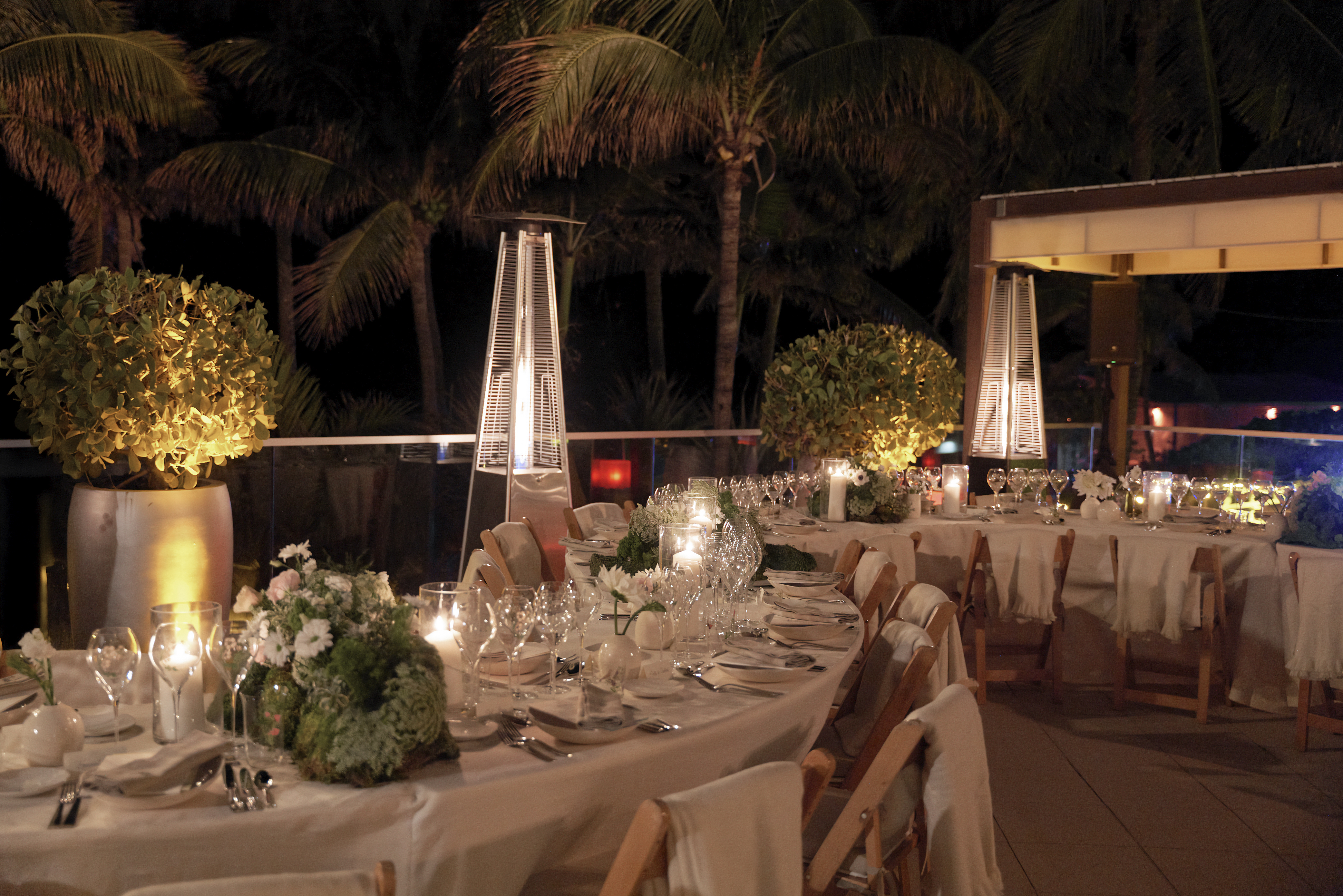
Private jets, lavish parties, no-holds-barred expenditure: dip a toe into the international art and design circuit, and it’s hard not to ask – is it part of the problem or the solution? At a time when global challenges demand action, the contemporary art world can often feel detached, its performative aspects overshadowing meaningful contributions.
Yet, with so many power players and creative visionaries in the same proverbial room, surely this is where real impact can happen. Do luxury brands, as modern-day patrons, now bear a responsibility to channel their influence and resources consciously? Maison Perrier-Jouët certainly thinks so.

As the world descended on Miami for Design Miami 2024 and Art Basel Miami Beach 2024 earlier in December, the champagne house launched its latest design collaboration in a series that began in 2012. Originally commissioned to reinterpret Perrier-Jouët’s Art Nouveau heritage for the 21st century, the annual collaborations increasingly highlight our relationship with nature (see Fernando Laposse’s ‘The Pollination Dance’ of 2023).
This year, at a spectacular banquet crafted by Michelin-starred chef Pierre Gagnaire, Caroline Bianco, Perrier-Jouët’s new cultural and creative director, unveiled Cohabitare, a long-term initiative in partnership with Milan-based design studio Formafantasma.
Placing regenerative viticulture at the forefront of not just champagne-making but agriculture and design more broadly, Cohabitare aims to foster biodiversity, regenerate the land, and explore new ways of living and working with nature.
Formafantasma and Perrier-Jouët present 'Cohabitare'

'Working with Formafantasma on the Cohabitare project has been a deeply collaborative and reflective process over a long period', says Bianco. 'This is the first time Maison Perrier-Jouët has anchored an artistic project in its own vineyard, making it a milestone initiative rooted in the natural environment of Champagne. This project is not only a work of art but also a contribution to the ecosystem.'
It stems from two years of research and collaboration with ecologists, biodiversity experts, and regenerative viticulture specialists.

The first result is the Îlôt de Biodiversité (Biodiversity Island), a 285 sq m functional installation that welcomes plants and insects while keeping humans at a respectful distance. Formafantasma’s design for the Îlôt includes 74 terracotta posts handcrafted in France and finished with natural iron oxide glazes. Some posts feature cavities of varying sizes to provide habitats for different species of insects.
Native plants further enrich the space, offering food sources for pollinators and contributing to the ecosystem’s vitality. These efforts are guided by Perrier-Jouët’s scientific committee, which will monitor the area’s biodiversity over time. The Îlôt marks the first step in a larger vision to restore additional structures on the estate by 2026. The ultimate goal is to create an interactive hub for biodiversity studies, open to local and international communities alike.

Simone Farresin, co-founder of Formafantasma, highlights the thoughtful approach that underpins Cohabitare. 'The idea of using clay modules came because we wanted to reference the terroir, which is so important for wine,' he explains. 'The material’s properties also made it ideal for supporting biodiversity.'
Designed in consultation with the Biodiversity Committee, the modules are divided into cells, enabling wasps and other insects to nest without encountering one another. This careful attention to detail exemplifies Cohabitare’s ethos: design as a means of intervention rather than decoration.

At its heart, Cohabitare builds on regenerative viticulture – a method that goes beyond conventional monoculture by cultivating the land holistically. By integrating native flora into vineyards, regenerative practices improve soil health, conserve water, and reduce carbon emissions.
The result is a dynamic ecosystem where vines coexist with plants, insects, and other species, each contributing to the terroir’s vitality. As Farresin notes, 'This project reflects the simple yet powerful idea that humans do not inhabit this planet alone.'

This philosophy extends beyond the fields of Perrier-Jouët. During Art Basel Miami Beach, the champagne house hosted The Banquet of Nature, a dinner curated by Formafantasma and orchestrated by chef Pierre Gagnaire.
Conversations at the table explored the interconnectedness of biodiversity and viticulture, enriched by an evocative soundscape by eco-acoustic composer David Monacchi. His piece, Oecanthus, was created using field recordings from Perrier-Jouët’s vineyards, capturing the delicate balance of species that regenerative agriculture seeks to protect.

Unlike many brand initiatives that are short-lived or commercial in nature, Cohabitare represents a long-term commitment. Perrier-Jouët plans to host biannual experiments on its estate to test and refine new regenerative techniques.
Farresin stresses that the project’s insights are not proprietary; the hope is to inspire broader adoption across the agricultural sector. 'We’d like to see Perrier-Jouët sharing their knowledge with other farmers and, in a way, even competitors. I think what is important to realise about these projects is that this is not about "who" – it's not about competition – but rather about creating common ground. I think this project has the objective to do that.'
By marrying agricultural expertise with design thinking, Cohabitare reimagines what is possible for viticulture and beyond. It challenges conventional hierarchies between art, science, and design, positioning them as equal partners in the pursuit of ecological regeneration. As Farresin reflects, 'Beauty alone will not save the world. But design can play a meaningful role in creating new systems of coexistence.' There’s an idea worth raising a glass to.







